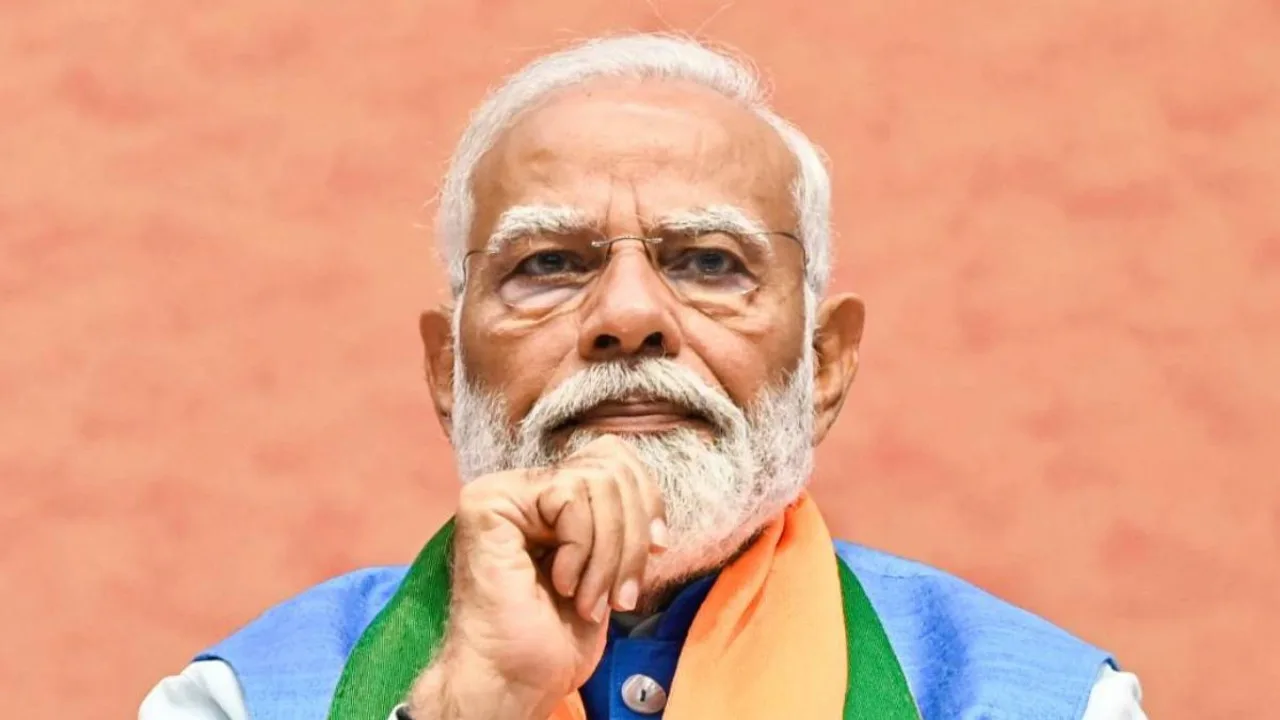In order to transform access to resources in India, the Union Cabinet has given the green light to a budget of Rs 6,000 crore for the ‘One Nation One Subscription’ (ONOS) initiative. The program will consolidate and simplify journal subscriptions for about 6,300 state-owned higher education institutions (HEIs), allowing them to reach 13,000 academic journals through one platform.
One Country One Program
Started on January 1, 2025, the goal of ONOS is to make high-quality educational content more widely available in the country. Presently, universities access journals through individual subscriptions and ten library associations overseen by various ministries. This setup allows approximately 2,500 universities to reach as many as 8,100 journals.
Nevertheless, the intention with Onos is to consolidate these separate access points into a single platform that incorporates content from 30 worldwide publishers like Elsevier Science Direct, Springer Nature, and IEEE. Through bargaining for a unified subscription fee with the publishers, the government aims to reduce the projected expense of acquiring 13,000 journal subscriptions from Rs 4,000 crore to Rs 1,800 crore. INFLIBNET has been appointed as the executing agency for this ambitious project.
Increasing availability and promoting study
The foundation of the ONOS initiative lies in the overarching goals of the National Education Policy (NEP) 2020, emphasizing research as fundamental for progress in education and the nation. In accordance with the NEP directives, the ANRF was created, and a central committee was set up to discuss journal expenses.
These actions demonstrate India’s ability to improve its research capabilities through targeted investments and policy decisions. The main goal of the ONOS project is to centralize subscriptions, cut down on unnecessary costs for journals, enhance communication with publishers, and offer detailed information on magazine usage in government higher education. The project is anticipated to benefit 5.5 million to 18 million people, including students, educators, and researchers in smaller cities.
A key aspect of the ONOS strategy is to address the financial limitations that come with publishing in open-access journals. The government is currently in talks with publishers to establish a joint rate for Article Processing Charges (APCs) that is comparable to the negotiated subscription fee. The goal is to reduce the financial burden on Indian authors, who have spent approximately ₹380 crore on APC in 2021, making the publication of their research more cost-effective.
